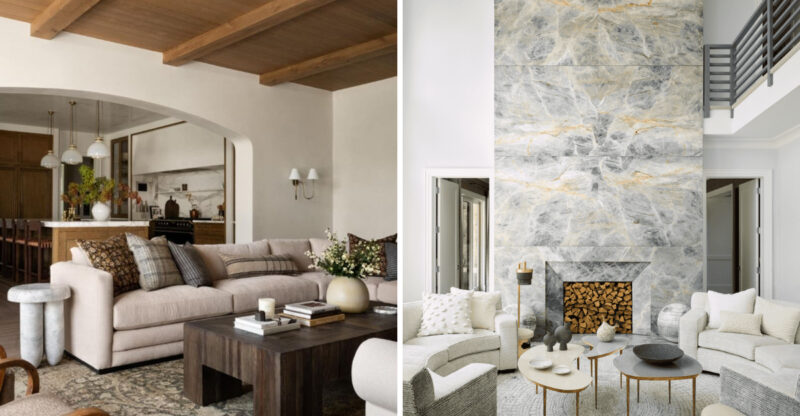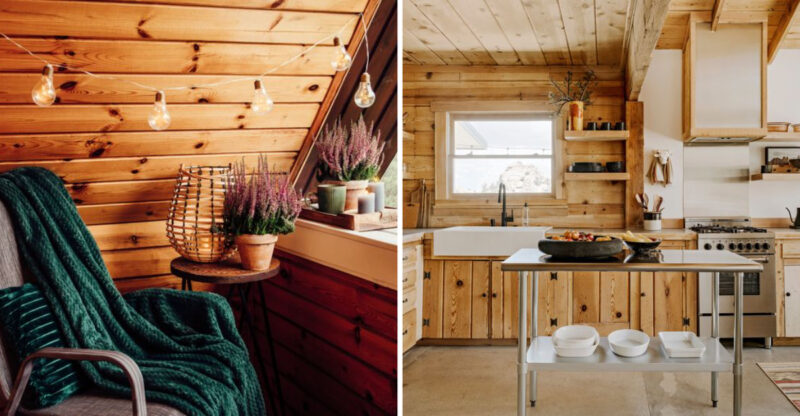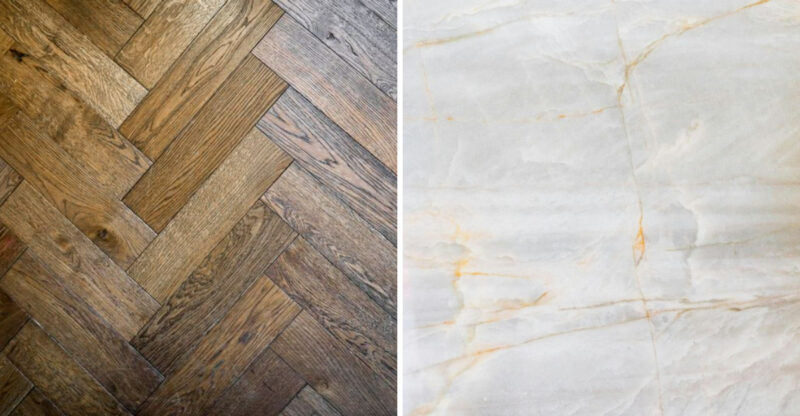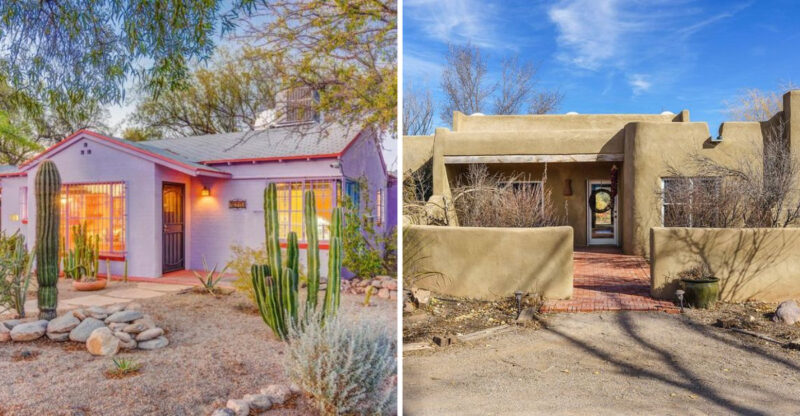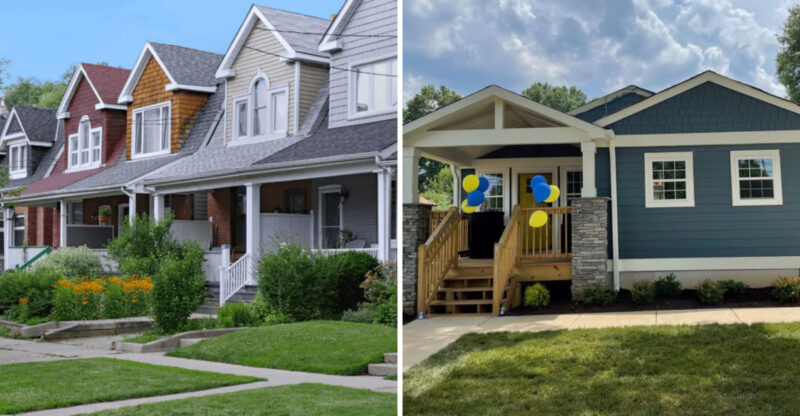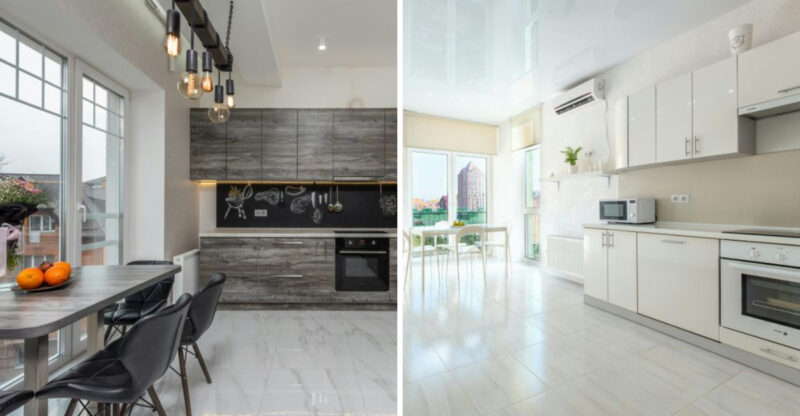10 Types Of Homes In Pennsylvania Expected To Lose Value By The End Of 2025
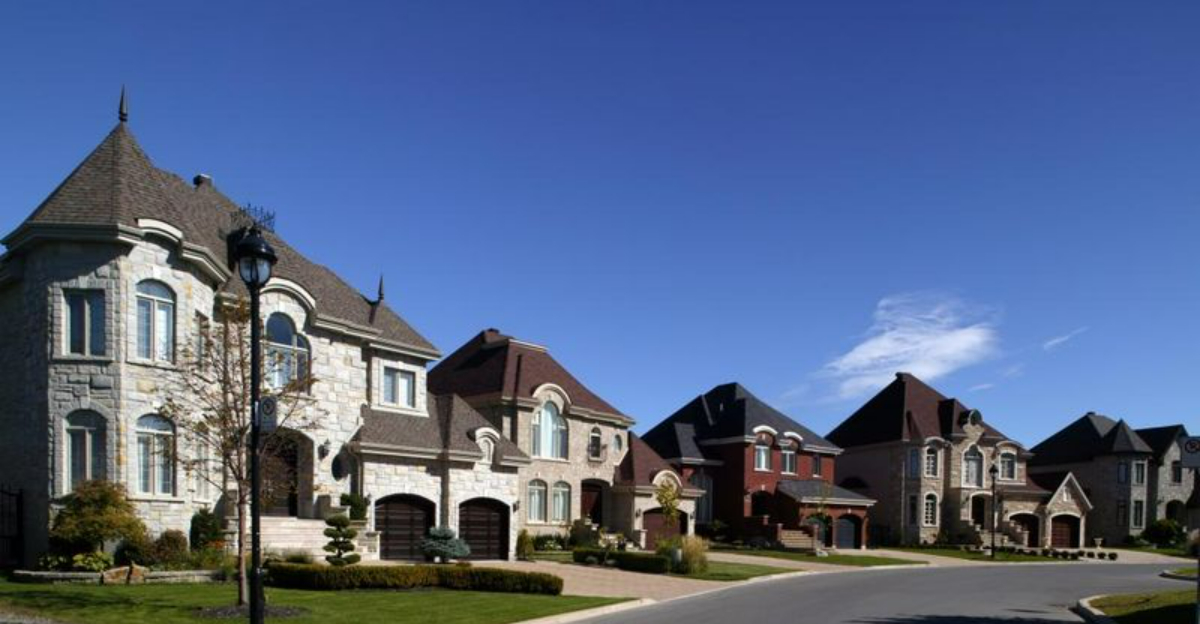
Pennsylvania’s real estate market is shifting, and some homes might not hold their value as well as others. Economic changes, buyer preferences, and local conditions all play a role in determining which properties will struggle.
I want to help you understand which types of homes could lose value by the end of 2025, so you can make smarter decisions whether you’re buying, selling, or just curious about the market.
1. Older Homes Needing Major Repairs
Buyers today want move-in ready properties, not fixer-uppers that drain their wallets. Homes built decades ago often come with outdated plumbing, electrical systems, and structural issues that cost thousands to fix. Many people simply don’t have the time or money for major renovations anymore.
I’ve noticed that homes requiring significant repairs sit on the market much longer than updated ones. The competition from newer, well-maintained properties makes these older houses less attractive. Unless you’re willing to invest heavily in upgrades, these homes will likely see their values drop as buyers look elsewhere for better options.
2. Properties in Flood-Prone Areas
Climate change has made flooding more frequent and severe across Pennsylvania. Houses in flood zones face higher insurance costs and constant risk of water damage. Smart buyers are avoiding these areas because nobody wants to deal with potential disasters.
Insurance premiums for flood-prone properties have skyrocketed in recent years. I can tell you that many homeowners are struggling to afford coverage, which makes selling even harder. Banks are also becoming more cautious about lending for these properties. The combination of high costs and low demand means values will continue dropping throughout 2025.
3. Homes with Outdated Floor Plans
Open-concept living has become the standard that modern families expect. Houses with lots of small, closed-off rooms feel cramped and dark compared to today’s airy designs. Buyers want spaces where they can see their kids playing while cooking dinner.
Changing a floor plan requires knocking down walls, which costs serious money and creates huge messes. Most people would rather buy a home that already has the layout they want. I’ve seen countless outdated homes struggle to attract offers because buyers immediately notice the awkward room arrangements and move on to better options.
4. Houses Near Declining Industrial Sites
Pennsylvania’s industrial heritage is fading, leaving behind empty factories and warehouses. Living near these abandoned sites means dealing with noise, pollution, and declining neighborhood appeal. Nobody dreams of raising their family next to a crumbling steel mill.
These areas often struggle with higher crime rates and fewer local services as businesses move away. Property values drop when the surrounding community loses its economic foundation. I believe homes near these declining industrial zones will see some of the steepest value losses because young families actively avoid them when house hunting.
5. Single-Family Homes in Urban Centers
City living is changing as more people want walkable communities with mixed-use buildings. Single-family homes in urban areas take up valuable land that developers could use for apartments or condos. The trend is moving away from detached houses in city centers.
Urban buyers often prefer modern condos with amenities over standalone houses that require full maintenance. Property taxes on single-family homes in cities are often much higher too. I think these homes will lose value because they don’t match what urban dwellers actually want anymore, making them harder to sell at competitive prices.
6. McMansions in Suburban Developments
Those massive houses built in the early 2000s are becoming financial burdens for owners. Heating and cooling costs are astronomical, and younger buyers prefer smaller, more efficient homes. The days of wanting the biggest house on the block are fading fast.
McMansions often feature poor construction quality despite their impressive size. Maintenance costs add up quickly when you have that much square footage to manage. I’ve watched these homes sit unsold for months because buyers recognize they’re impractical. Energy efficiency and sustainability matter more now, making these oversized properties less desirable and worth less money.
7. Rural Properties Far from Amenities
Remote living sounds peaceful until you realize the nearest grocery store is thirty miles away. Homes in isolated rural areas lack access to hospitals, schools, and shopping that families need daily. The pandemic remote work boom is ending, bringing people back to areas with better infrastructure.
Internet connectivity in these remote spots is often terrible, which kills any work-from-home possibilities. Young buyers especially want convenience and community, not isolation. I can see these properties losing value because modern life requires proximity to services that rural locations simply cannot provide efficiently or affordably.
8. Homes with Environmental Hazards
Asbestos, lead paint, and radon are serious health threats that scare away potential buyers. Discovering these hazards during inspections often kills deals immediately. Remediation costs tens of thousands of dollars, and many sellers can’t afford the fixes before listing.
Banks are reluctant to finance homes with known environmental problems. Insurance companies also charge higher premiums or refuse coverage altogether. I know that buyers with children especially avoid these properties because health risks aren’t worth any price discount. Homes with environmental hazards will continue losing value as awareness grows and regulations tighten across Pennsylvania.
9. Properties with High Property Taxes
Some Pennsylvania communities have property tax rates that make monthly payments unbearable. Buyers calculate total housing costs, not just mortgage payments, before making offers. High taxes can add hundreds of dollars monthly, pricing out many potential buyers.
School districts and local governments struggling financially often raise taxes, creating a cycle that drives residents away. I’ve noticed that homes in high-tax areas sell for less because buyers factor those ongoing costs into their offers. Unless tax rates decrease dramatically, these properties will keep losing value as buyers choose more affordable communities nearby with similar amenities.
10. Homes Built with Poor Quality Materials
Builders sometimes cut corners to maximize profits, using substandard materials that fail quickly. Cracks in foundations, cheap siding that warps, and faulty roofing all signal poor construction quality. Buyers are getting smarter about spotting these red flags during showings.
Home inspections reveal these problems, giving buyers powerful negotiating leverage or reasons to walk away entirely. Fixing construction defects costs far more than preventing them initially. I believe homes built with inferior materials will lose significant value because word spreads quickly in communities about problematic builders and developments, creating lasting stigma that affects resale potential for years.

